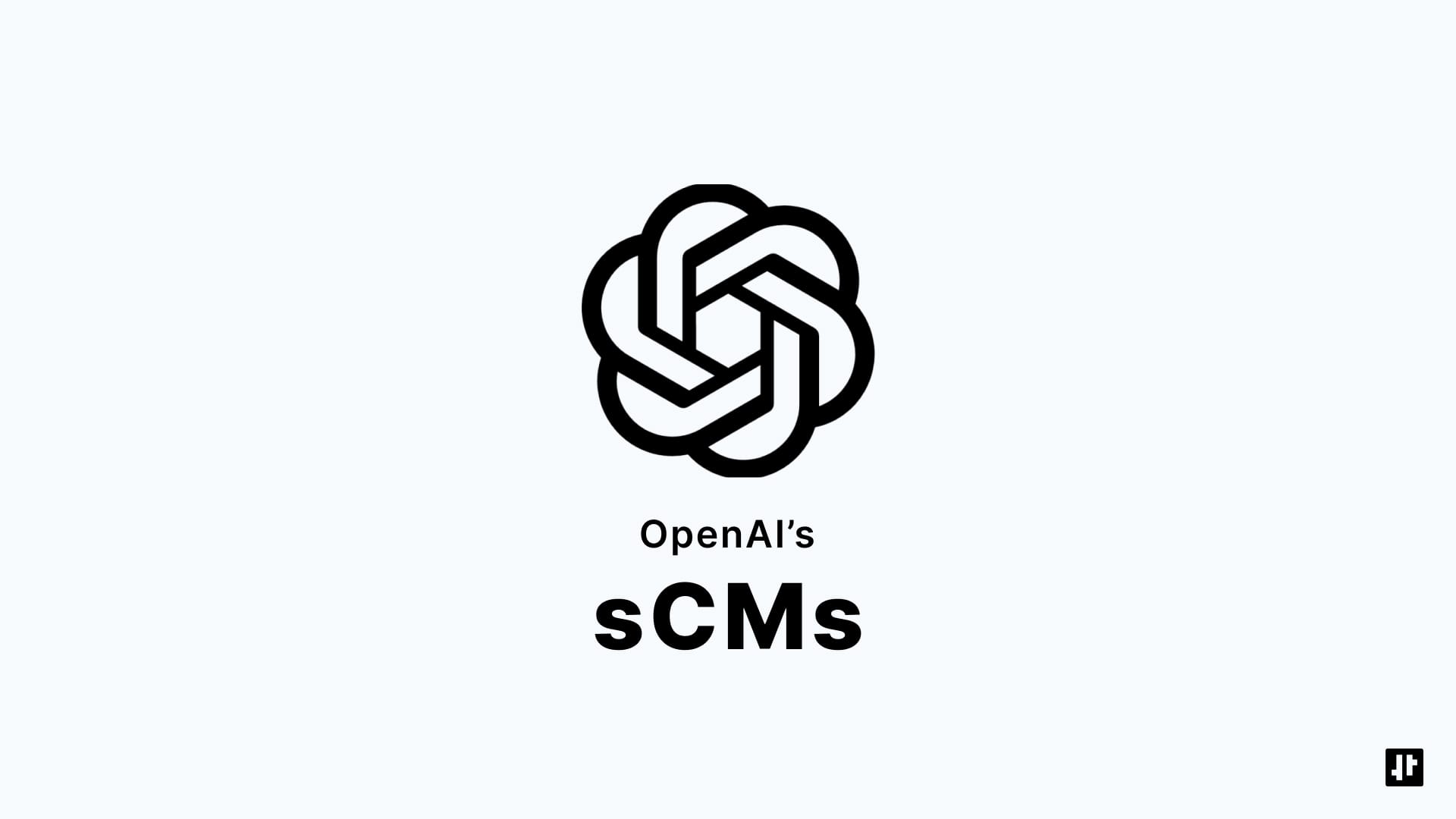OpenAI Introduces Continuous-Time Consistency Models To Simplify and Scale Generative AI
OpenAI’s Continuous-Time Consistency Models simplify generative AI with enhanced stability and scalability, reducing complexity and computational costs.

OpenAI has introduced a new approach to generative AI with Continuous-Time Consistency Models (CTCMs), aiming to simplify model architecture, increase stability, and improve scalability. This new framework is designed to tackle challenges in generative AI, such as instability and high computational costs, without compromising performance.
What CTCMs Bring to the Table
Traditional generative models operate on discrete steps, requiring complex sampling processes to generate outputs, which can introduce noise and increase latency. CTCMs shift this paradigm by using a continuous-time framework, enabling smoother predictions and more stable outputs with fewer steps. This approach simplifies model design by reducing dependency on intricate sampling schedules and eliminates some of the bottlenecks found in models like diffusion models.
Enhanced Stability with Less Overhead
One major feature of CTCMs is their ability to remain stable even under variable conditions. In standard models, small changes to input parameters often cause fluctuations in output, leading to inconsistency or failure. OpenAI’s CTCMs address this with a new noise-handling mechanism that keeps models stable without requiring constant tuning, making them more reliable across different tasks.
Scaling Without Compromise
Another advantage is CTCMs' ability to scale effectively across larger datasets. OpenAI highlights that the models maintain efficiency and speed at scale, reducing the typical trade-off between size and performance. This makes them suitable for both research and production environments, including applications that demand high-speed inference, such as real-time translation or dynamic content generation.
Why It Matters
CTCMs offer a more practical path forward for AI development by reducing the complexity and computational costs of training generative models. This could accelerate the deployment of AI in fields such as natural language processing and time-series forecasting, providing faster and more consistent results without the typical trade-offs.
OpenAI’s work reflects a growing trend in AI research—streamlining models for better performance and scalability. As generative models continue to evolve, CTCMs may become a foundation for future breakthroughs in AI, moving away from the heavy resource demands of diffusion models toward more efficient architectures.